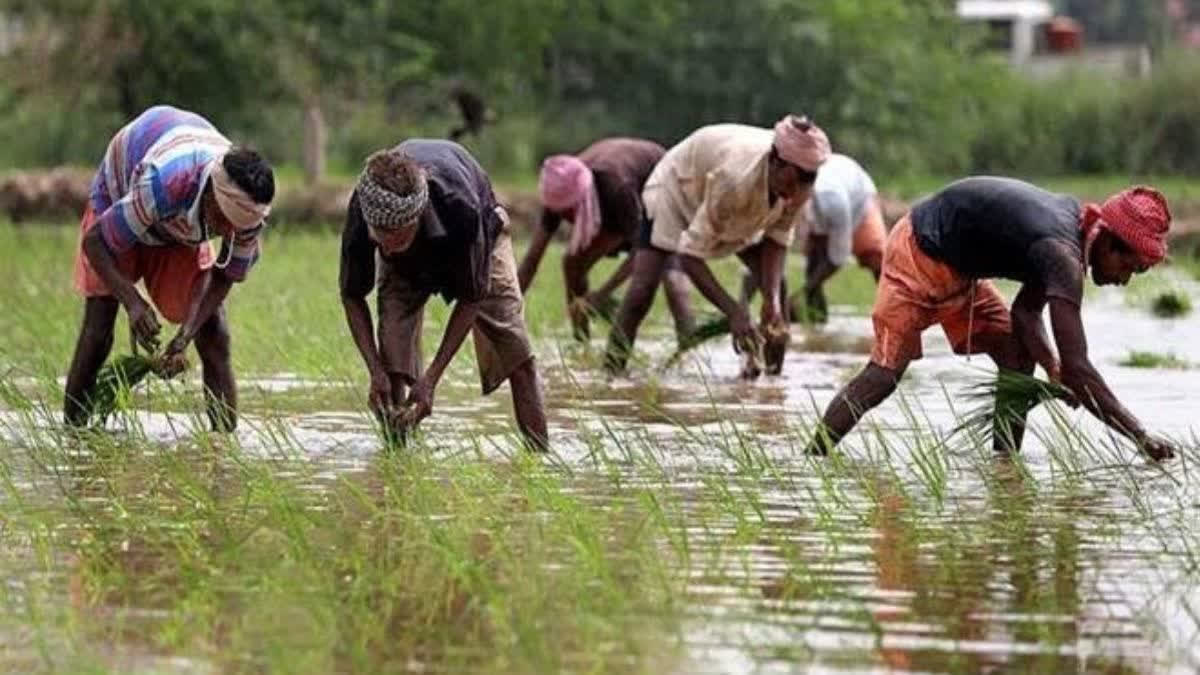It is no secret that industrial agriculture is killing our soils, water and putting chemicals in our food. Nevertheless, growing hunger and malnutrition is the favourite excuse for corporate lobbyists pushing agri-chemicals, conveniently discarding traditional agrarian wisdom and nature-based solutions to our food and medical problems. But where are these solutions alive? Which regions hold the potential to transform our paradigm?
So I embarked on a journey across Chhattisgarh from Balrampur to Bastar and in the second stretch Rajnandgaon to Jashpur covering many villages and districts like Sarguja, Bilaspur, Dantewada, Kanker, Jagdalpur, etc. All this was done to get a good understanding of agrarian practices from across the state. The Chhattisgarh region has the potential to bolster natural food and medicine systems.
Compared to other parts of the country, the farmers had unique farming practices rooted in traditional agriculture. For example growing tur dal on the boundaries of paddy fields, which boosted legumes and also fertilised the soil. Planting of trees along the boundaries of the farms, which are absent from most parts of the country.
Paddy, which is the main staple of many areas, one could find local varieties of vegetables planted in the fields. Kudrum (Thepa aka Lakhada) is a long thin plant with sour pinkish petals, which are an excellent source of calcium and antioxidants is a good example. The state is also home to a huge variety of saags, which grew seasonally and were super nutritious.
There were also various types of edible mushrooms growing in the state, which have been untapped. The tribal wisdom of the area is also mostly unexplored. The elders within these communities possessed great knowledge of trees and plants from the forest, which could revolutionise medicine and bring relief to millions of Indians.
But not all is well in paradise. There are many steps that can be taken by the government to improve the agrarian situation and perhaps take a green leap in agriculture.
The first crisis is the push for paddy through the public procurement system. The government of Chhattisgarh has aggressively pushed for procurement of paddy and wheat. Procurement centres and paddy-filled gunny bags could be seen in even the remotest part of the state. This also provides a steady cash income to the farmers, but it has one major drawback - the farmers in many areas are ditching their traditional crops like millets - kodo, Kutki and native paddy, for industrial varieties of paddy and wheat, is destroying agrarian biodiversity in some parts. Keep in mind that Chattisgarh is home to numerous varieties of crops and vegetables, which ought to be conserved as part of our national heritage.
Taking a leap into medicine now, elders and traditional healers in various tribal communities have for centuries conserved, practised and taught their knowledge of plants and trees to younger members of their communities. But this tradition is being broken, first because of the disappearance and chopping down of forests and second because the younger generation is not able to carry forward this knowledge due to "modern industrial" conditions.
Even the native medical plants are not growing well due to the changing climate and loss of nature. Here again, we have to remember that in our ancient wisdom food was our medicine, and with the loss of native diets and habitats, healing plants and their uses are also being lost. The government's push for industrial agriculture through public procurement and subsidies for agri chemicals is encouraging the cutting of more forests and converting them into farms. And, one is not to blame the BJP or the Congress, the state mechanism of the Chattisgarh over the years has pushed this policy.
